
Do Cooker Hoods Need to Vent Outside?
Cooker hoods are an essential part of any kitchen ventilation system — but do they always need to be vented outside?
In this guide, we’ll explain whether outdoor extraction is necessary, what your options are if it isn’t possible, and how to stay compliant with UK building regulations.
Should a Cooker Hood Vent Outside?
Ideally, yes. Venting to the outside is the most effective way to remove:
- Smoke
- Grease
- Steam
- Cooking odours
Ducted cooker hoods improve air quality and help reduce condensation and moisture, preventing issues like mould or damage to cabinetry and walls.
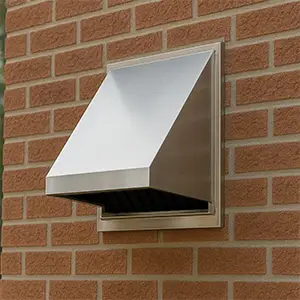
Can You Install a Hob Without a Hood?
Yes — legally, you can install a hob without a hood in most domestic kitchens. However, building regulations in the UK (especially for new builds or major renovations) require adequate ventilation in kitchens.
Alternatives to a cooker hood include:
- Wall-mounted or window extractor fans
- Recirculating hoods
- Downdraft extractors
How Do You Vent a Kitchen With No Access to an Outside Wall?
If there’s no option to vent outdoors, you still have solutions:
- Recirculating cooker hoods: These draw in air, clean it through filters, and release it back into the kitchen.
- Charcoal filters: Help to absorb odours and grease (need to be replaced regularly).
- Window fans or air purifiers: Can support ventilation, although they’re not direct replacements for extraction systems.
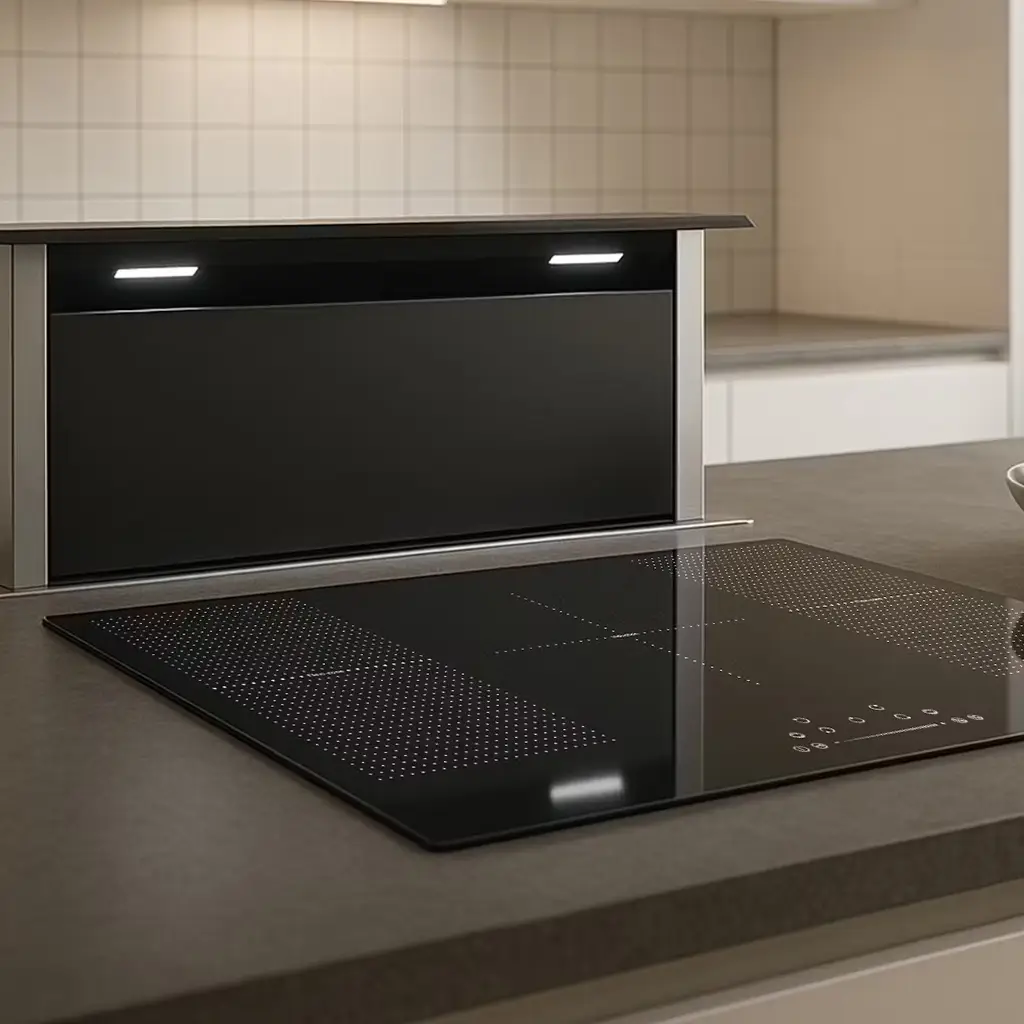
What Are the Rules for Cooker Hood Ducting in the UK?
While installing a cooker hood isn’t legally required in every case, UK Building Regulations — particularly Part F (Ventilation) — set clear requirements for ventilation performance in kitchens. If you install a cooker hood, especially one that extracts externally, there are a few important rules to follow:
Ventilation Rates
- Above the hob: Mechanical ventilation must extract a minimum of 30 litres per second (l/s).
- Elsewhere in the kitchen: If extraction isn’t directly over the hob, it must achieve 60 l/s.
These rules apply to new builds, major refurbishments, and conversions under Building Regulations.
Ducting Guidelines
- Keep duct runs as short and straight as possible. The longer the duct, the more resistance the fan must overcome, reducing performance.
- Minimise bends: Avoid sharp 90° angles where possible. Use gradual bends to help airflow.
- Use rigid ducting over flexible: Rigid ducting improves airflow and reduces grease build-up, condensation, and noise.
- Diameter matters: Always match or exceed the diameter specified by the hood manufacturer — commonly 125mm or 150mm for most modern hoods.
- Proper external termination: The duct should vent to the outside through a wall, roof, or soffit using an external grille or louvre with a backdraught damper to stop air from coming back in.
Minimum Distance Between Hob and Cooker Hood
To ensure safety and effective operation, there are minimum clearances that must be maintained between the hob and the cooker hood:
- Electric hobs: Minimum 650mm (65cm) from the hob to the underside of the hood
- Gas hobs: Minimum 750mm (75cm) from the hob to the underside of the hood
- Induction hobs: Follow the manufacturer’s instructions — typically 650mm, but can vary
These distances are based on manufacturer recommendations and safety standards. Always check your specific hood’s manual, as some may require greater clearance.
Do Cooker Hoods Have to Vent Outside?
- Recirculating hoods (also known as ductless or non-vented hoods), especially if your kitchen has no external wall access.
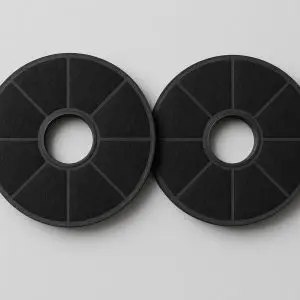
Do Kitchens Need to Vent Outside
For new builds and extensive refurbishments, yes:
- UK building regulations require mechanical ventilation that vents to the outside.
- This doesn’t mean you must have a cooker hood — but some form of extraction, like an extractor fan or ducted system, must be installed.
Is There an Extractor Fan That Doesn’t Require Venting Outside?
Yes — recirculating extractor fans:
- Use grease and charcoal filters to clean the air
- Don’t need ducting or external vents
- Easier to install and suitable for kitchens without external walls
These are popular for kitchen islands and flats where venting outside is impractical.
Are Non-Vented Cooker Hoods Any Good?
Non-vented hoods aren’t quite as powerful as ducted models, but they can work well if:
- They’re fitted with high-quality charcoal filters
- Filters are cleaned or replaced regularly
They’re best suited to light or occasional cooking. If you do a lot of frying or high-heat cooking, a ducted hood will perform better.
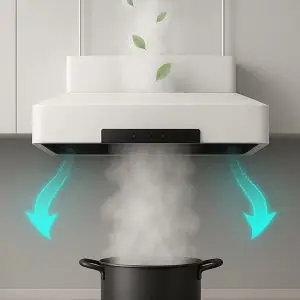
Conclusion
While cooker hoods don’t always need to be vented outside, external extraction is generally the most effective way to keep your kitchen air clean and moisture-free. That said, recirculating hoods and alternative ventilation solutions can still be suitable in homes where ducting to the outside isn’t possible.
Whether you’re renovating, building new, or simply upgrading your appliance, understanding the UK rules on ventilation and ducting will help you make the right choice for your kitchen setup.
- All Posts
- Cooker Hood Guides & Advice
- Dishwasher Guides & Advice
- General Appliance Guides & Advice
- Hob Guides & Advice
- Laundry Guides & Advice
- Microwave Guides & Advice
- Oven Guides & Advice
- Wine Cooler Guides & Advice
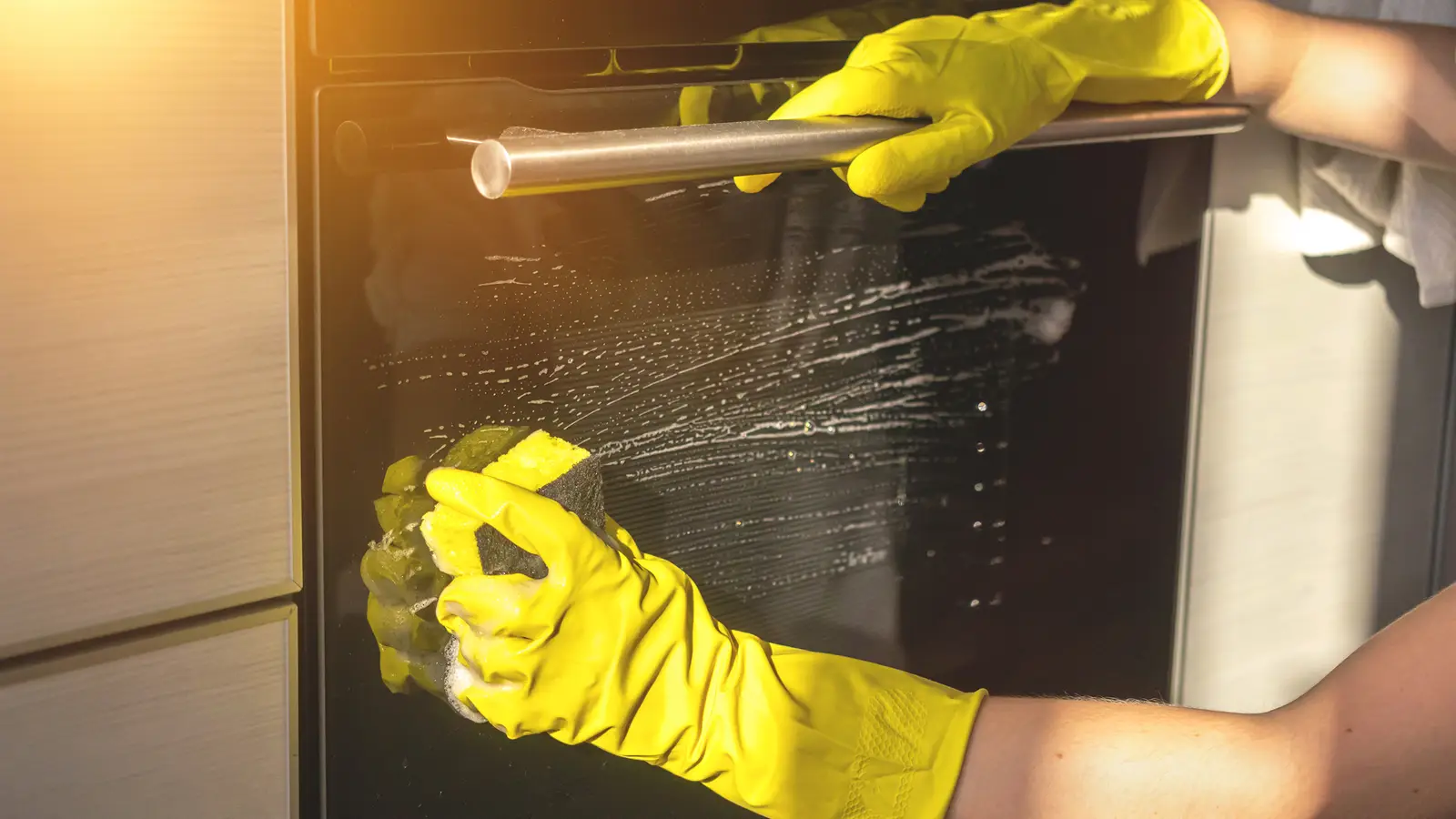
Learn how to clean glass oven door windows safely and effectively, inside and out. Follow our simple steps for clear,...
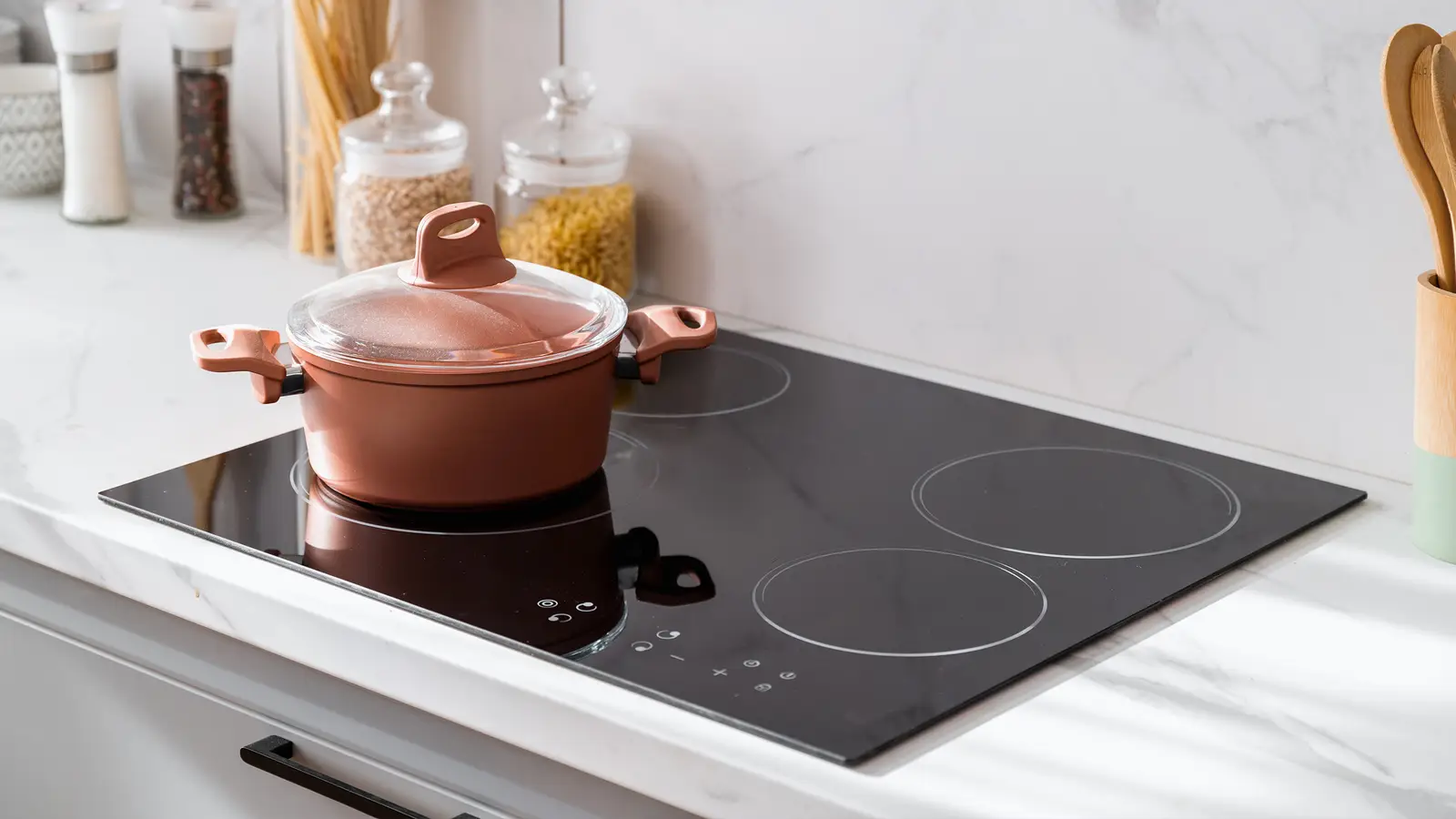
Can a ceramic hob be plugged into a normal socket? Learn the safety rules, power limits and installation advice before...
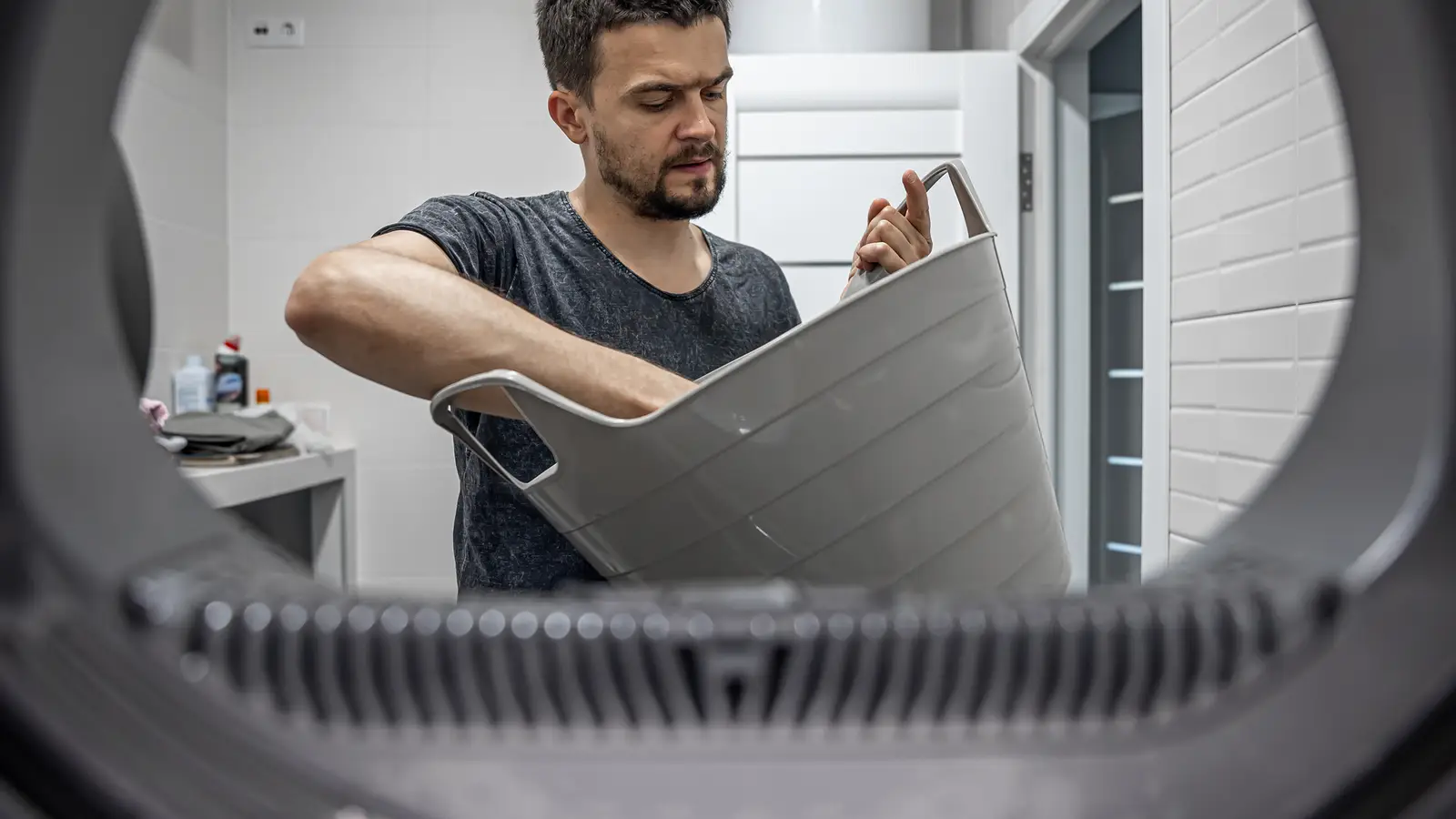
Discover how integrated washer-dryers really perform, including space, venting and drying realities. Learn what to expect before buying. Read now.

Learn what freezer burn is, how to prevent it, and keep your food fresher for longer. Follow these simple tips...
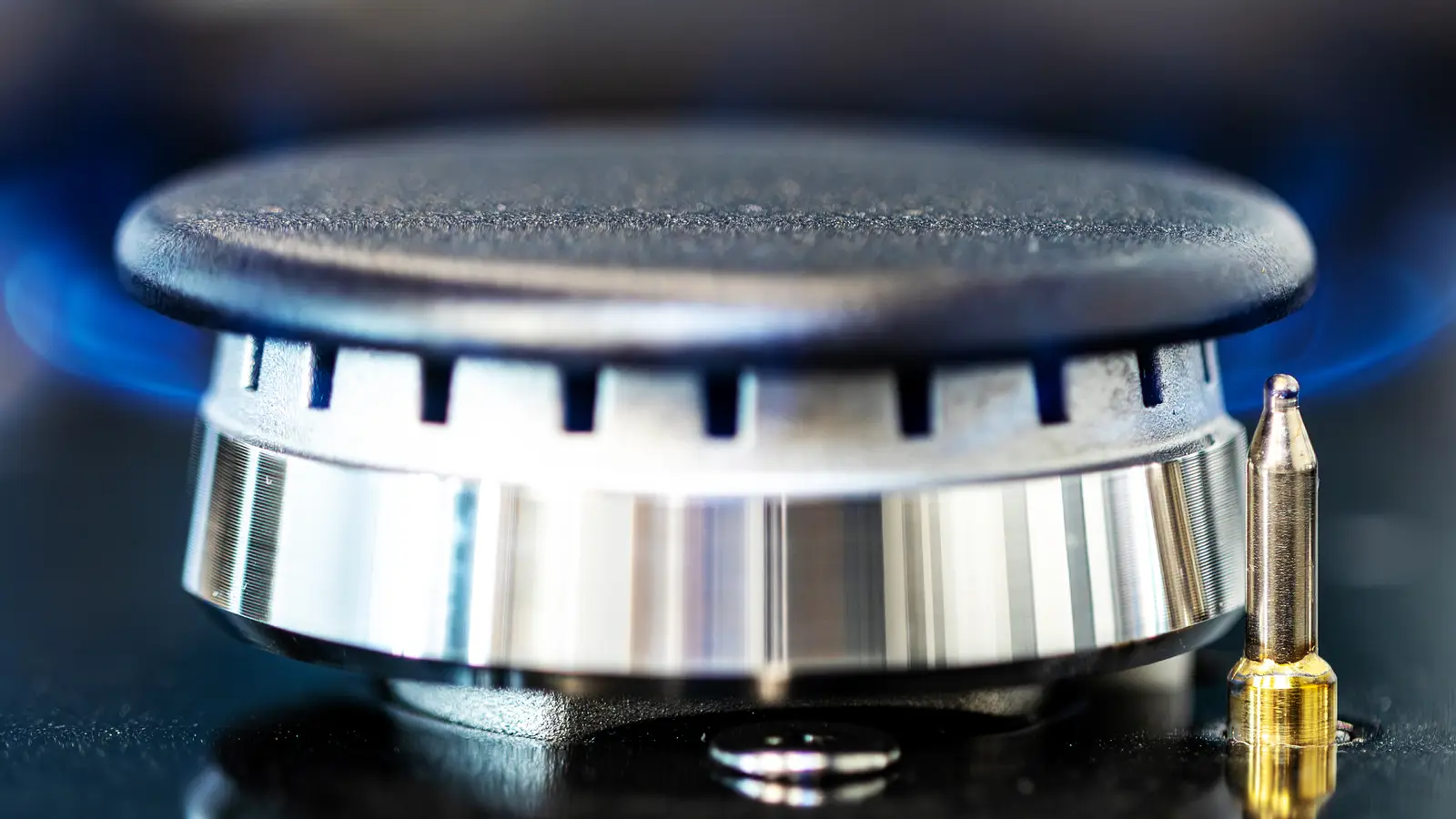
Find out if you can plug a gas hob ignition into a normal socket, plus safety rules and installer guidance....
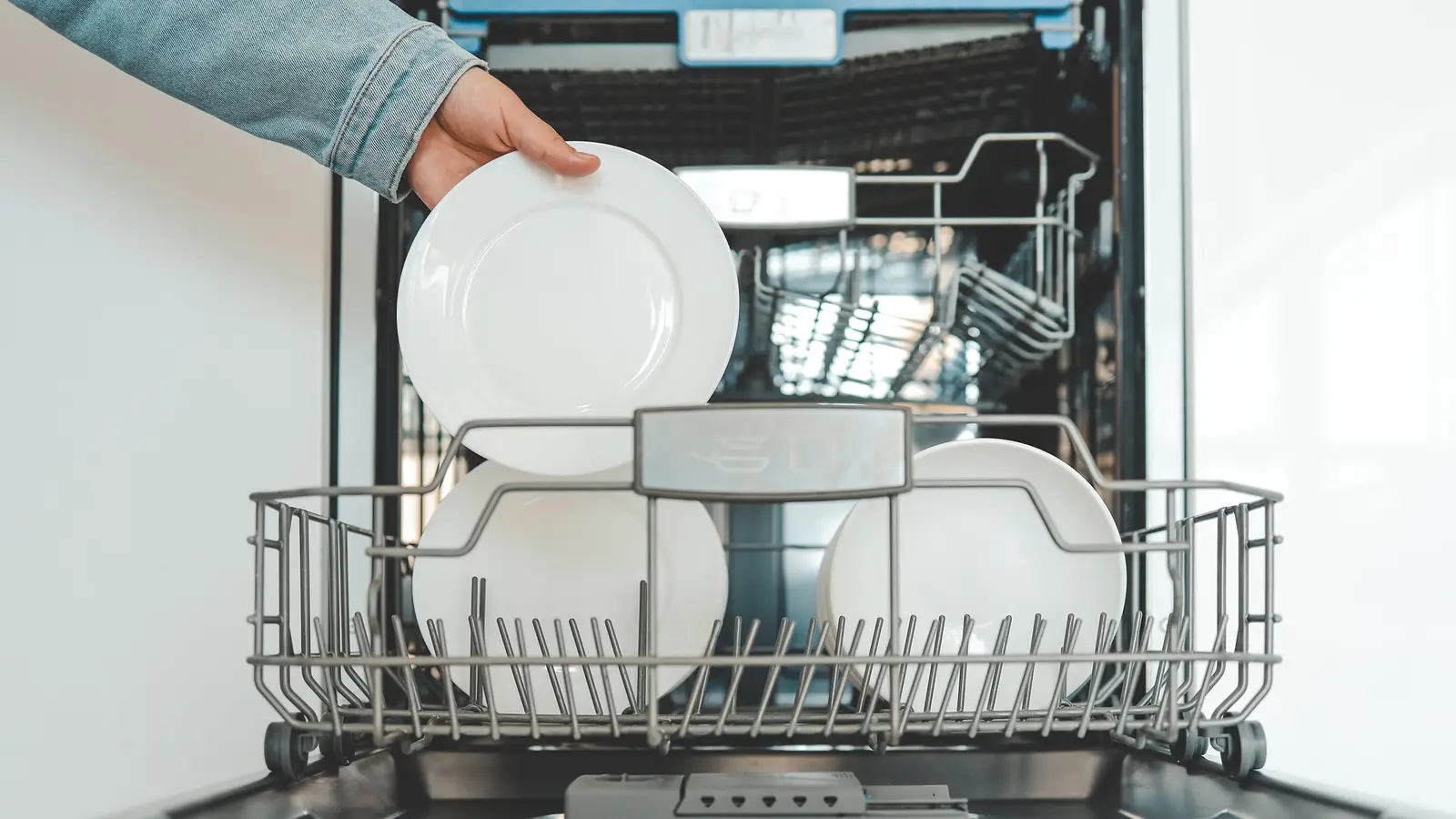
Learn what dishwasher salt and rinse aid do, why they matter, and when to refill them for the best cleaning...
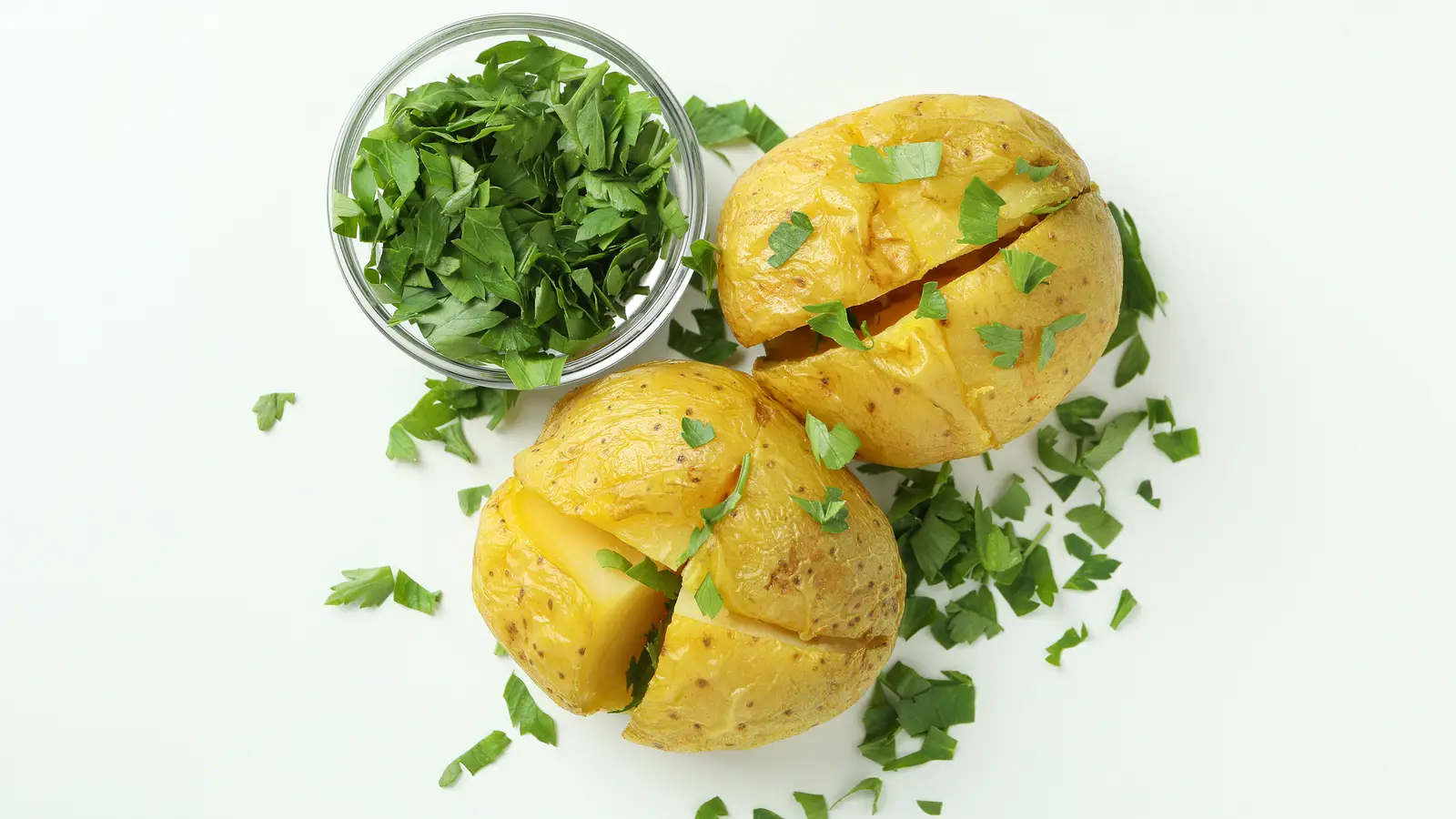
Learn how to cook the perfect jacket potato with crispy skin and a fluffy centre. Quick, simple steps for oven...
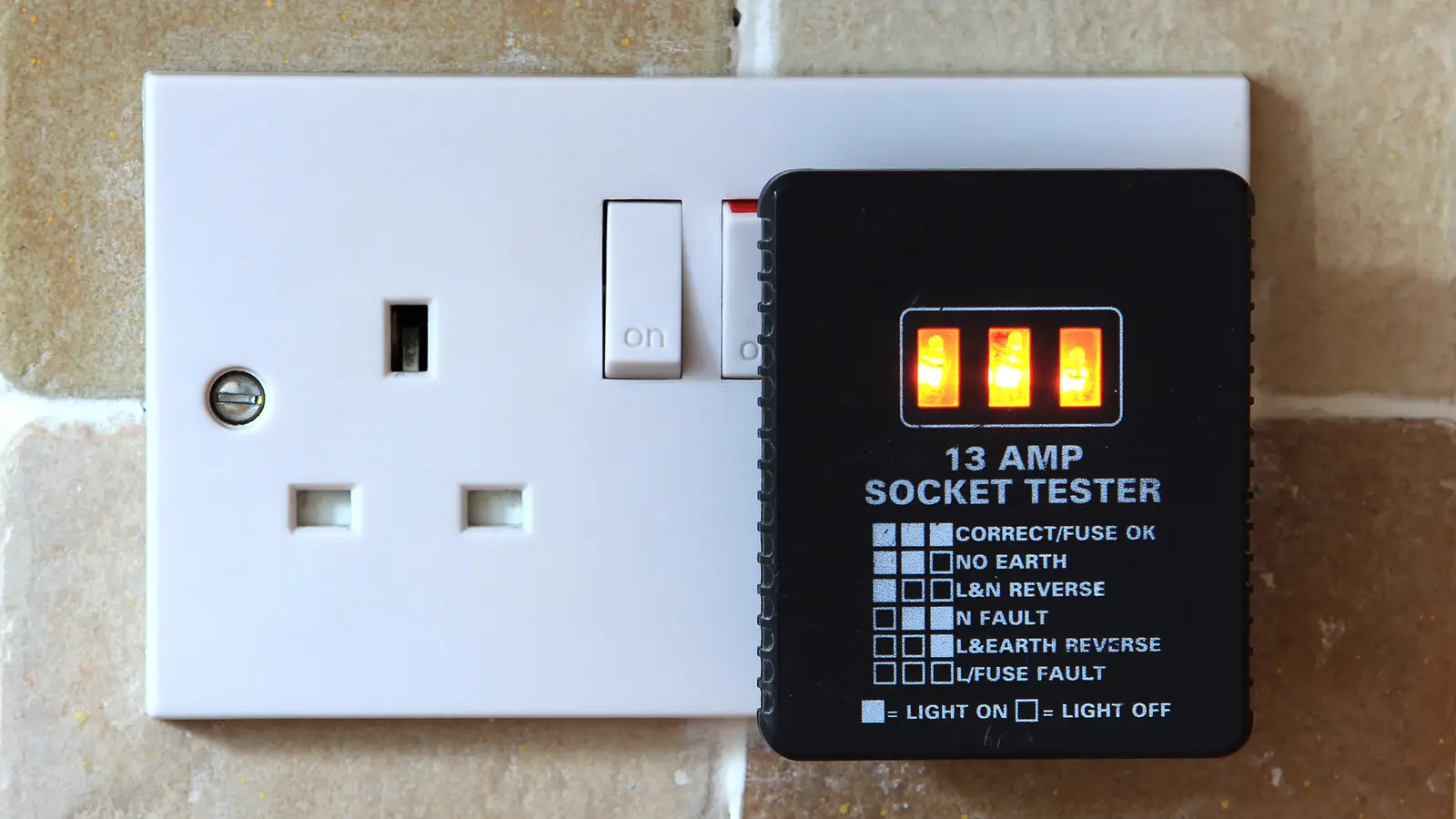
Find out if you can plug a dishwasher into a normal UK socket and what safety rules apply. Quick, clear...

Unsure if a microwave & grill combo can use a normal UK socket? Learn the rules, wattage limits and safety...